Military
The US Air Force Flies More F-16 Fighting Falcons Than Any Other Jet
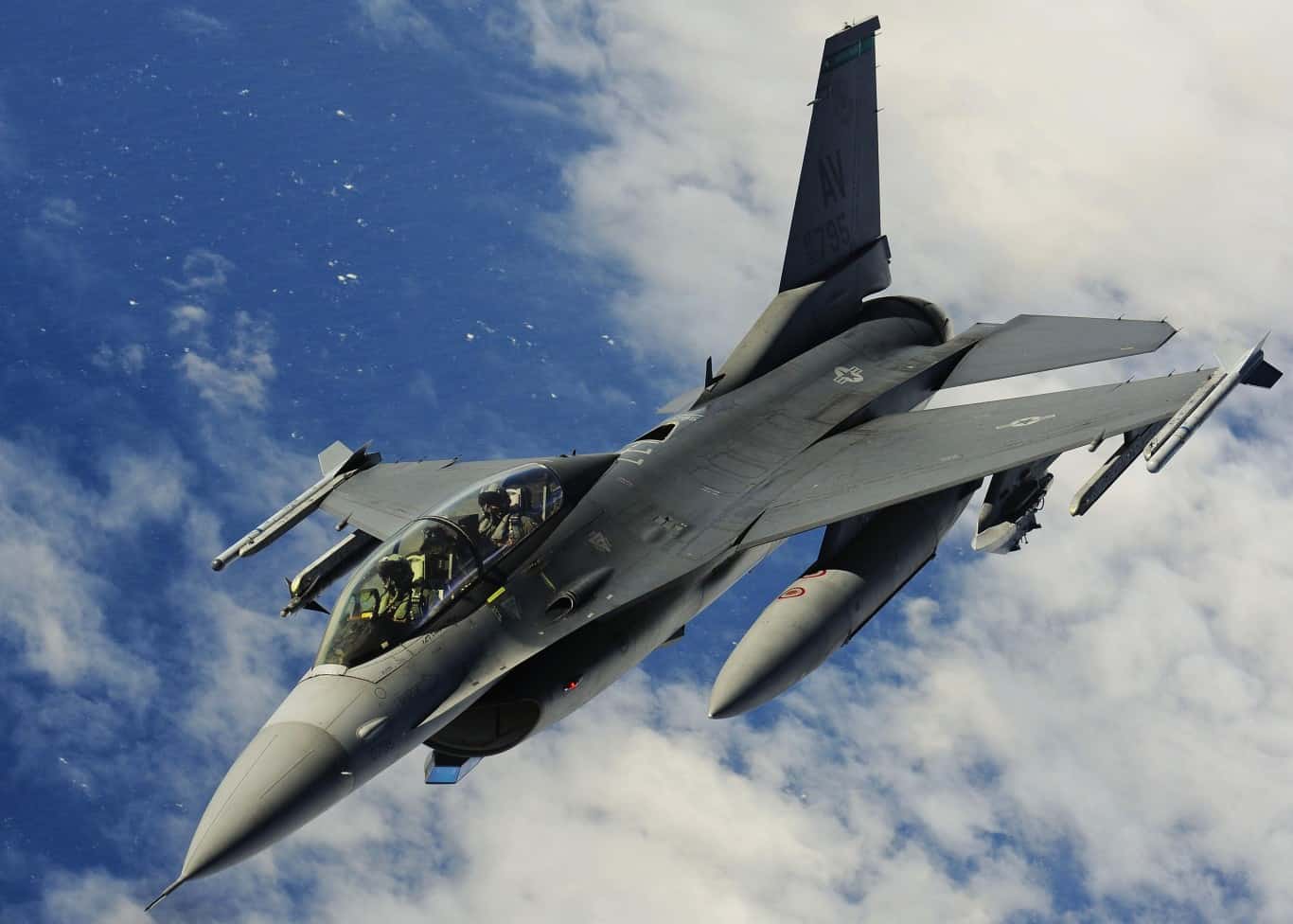
Published:

24/7 Wall St. Insights:
The Fighting Falcon first entered service in 1978 in the U.S. Air Force as a multirole fourth generation fighter jet. Over the years this jet has undergone upgrades and improvements, but it is still relatively cheap compared to the newest generation of fighter jets. Over nearly half a century in service, the F-16 has become a mainstay of the U.S. Air Force and is its most popular and widely-flown aircraft. This is not just true of the U.S. Air Force but for many other militaries as well. (The U.S. has the most Fighting Falcons, you won’t guess #2.)
Air forces around the world are constantly seeking to get the most bang for their buck in terms of combat effectiveness for their fighter jets. The F-16 Fighting Falcon fills this role perfectly for many of these air forces and as such has seen wide usage throughout its lengthy military career.
Early variants of the F-16 sell for roughly $13 million with more recent variants starting between $25 and $30 million. However, the most advanced versions of this aircraft can cost anywhere upwards of $60 million.
With this relatively cheap price tag for militaries looking to add to their forces, the F-16 has found its way into militaries around the world and is easily one of the most prolific fighter jets on the planet—also owing to its longevity. However, there are many other aircraft in the U.S. Air Force that see wide usage as well. (These are the most widely used aircraft on Earth.)
24/7 Wall St. is taking a closer look at the most active aircraft in the USAF. To identify the most widely flown aircraft in the U.S. Air Force, 24/7 Wall St. reviewed the 2024 World Air Forces report from FlightGlobal, an aviation and aerospace industry publication. We ordered these aircraft by how many are currently in active service. We also included supplemental data on the type of aircraft and top speed. We excluded trainer aircraft.
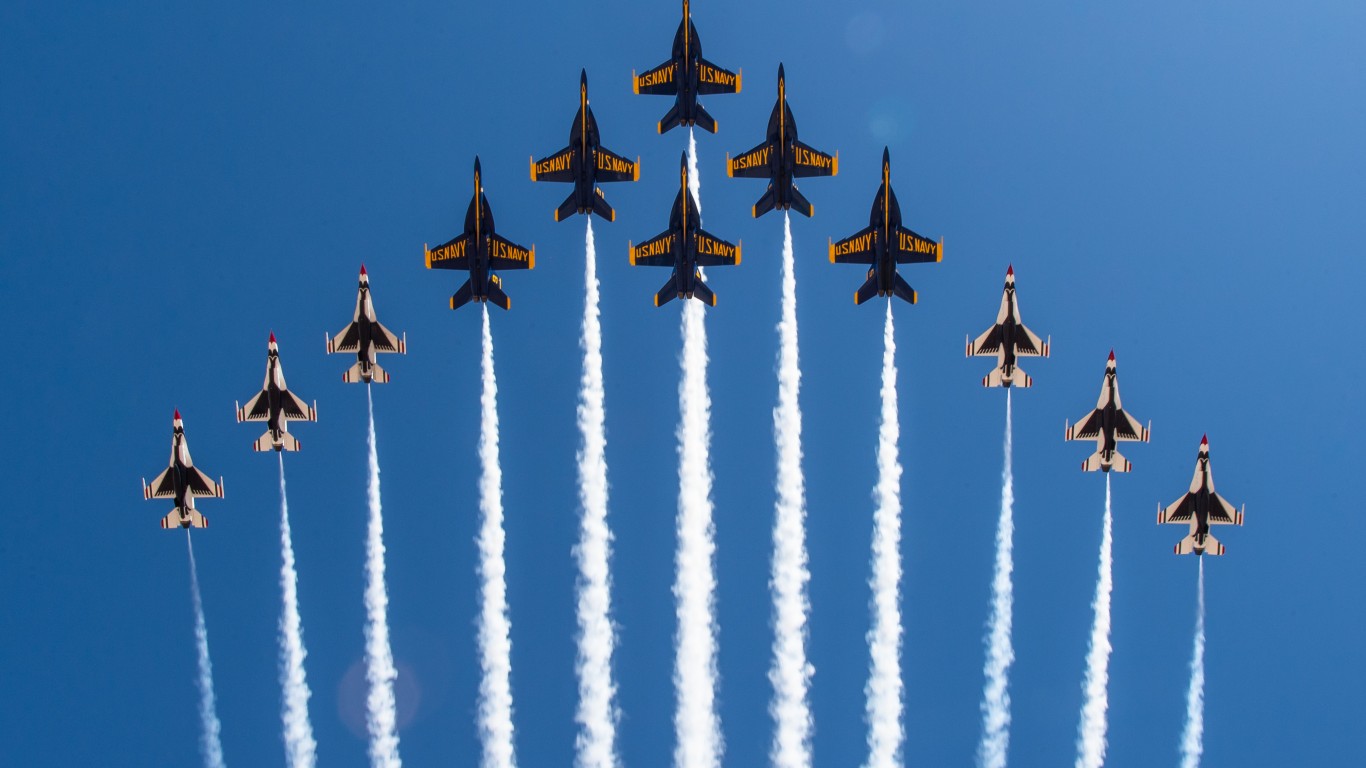
Understanding the aircraft in the US Air Force is important because these aircraft play a pivotal role in maintaining national security and global stability. Each aircraft is designed for specific missions, from air superiority to strategic bombing and reconnaissance, which are essential for defending the country and projecting power abroad. Also knowing which aircraft are in service give context to military capabilities and a better understanding of national defense.

Currently there are no Sky Wardens in service; however, the U.S. Air Force is in the process of ordering a number of these aircraft.
The B-21 Raider is designed to be the future of U.S. air dominance. It will feature advanced stealth technology to evade detection while delivering both conventional and nuclear payloads.
Known for its versatility, the DHC-6 Twin Otter can take off and land on short and rough airstrips, which makes it ideal for transport in remote locations.
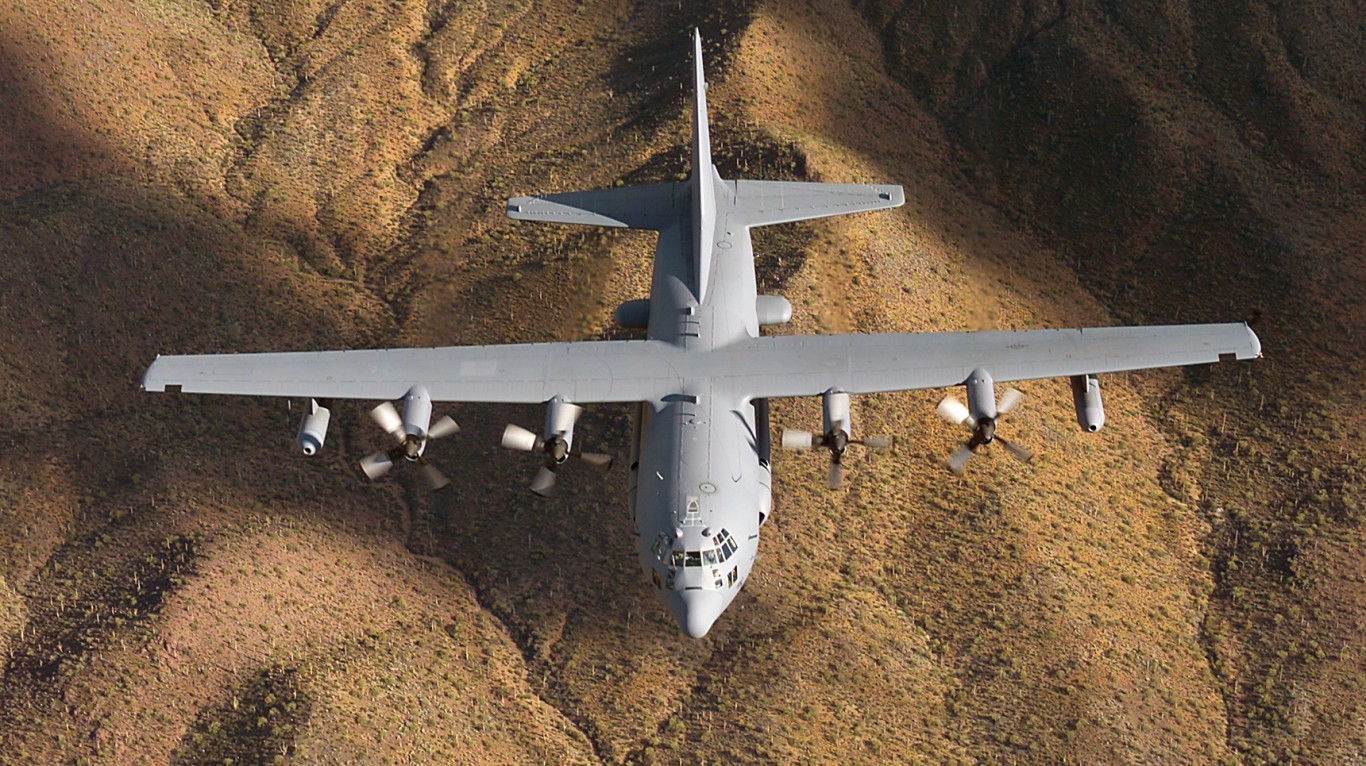
Introduced just this past year, the Compass Call is designed to disrupt enemy communications and radar systems, making it a critical asset in modern electronic warfare operations.
Typically used for VIP transport and special mission roles, the G550 combines speed and luxury with advanced avionics.

Normally, the C-20 Gulfstream IV is used for high-level government officials and military leaders as a VIP transport.
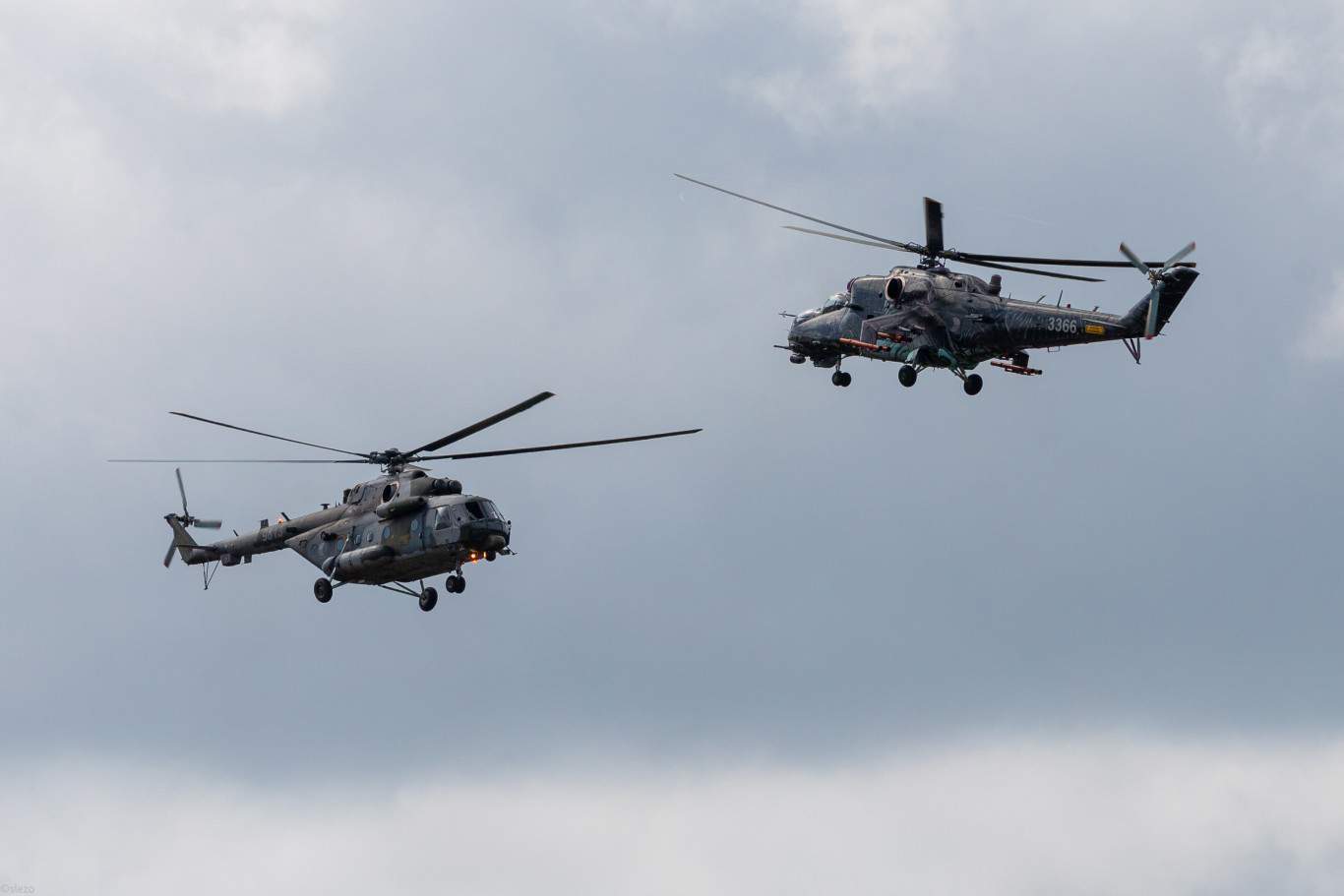
Although the Mi-171 Hip-H is a Soviet-made helicopter, the U.S. Air Force happens to have one in its arsenal.
Apart from military service, the Navajo has gained in popularity among civilian and commercial pilots.
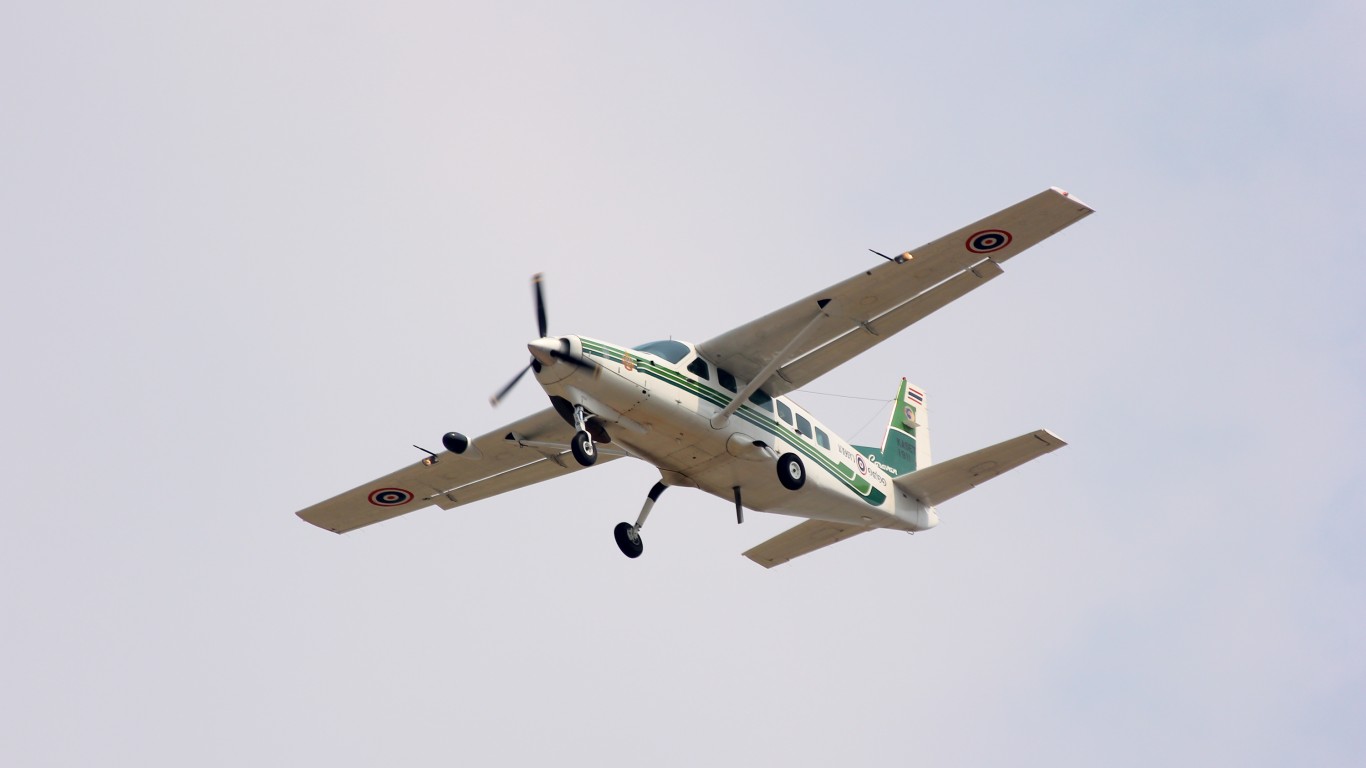
Normally, the Cessna 208 Caravan is used for light transport missions. It is also fairly flexible and can operate from short or rougher air strips in remote locations.
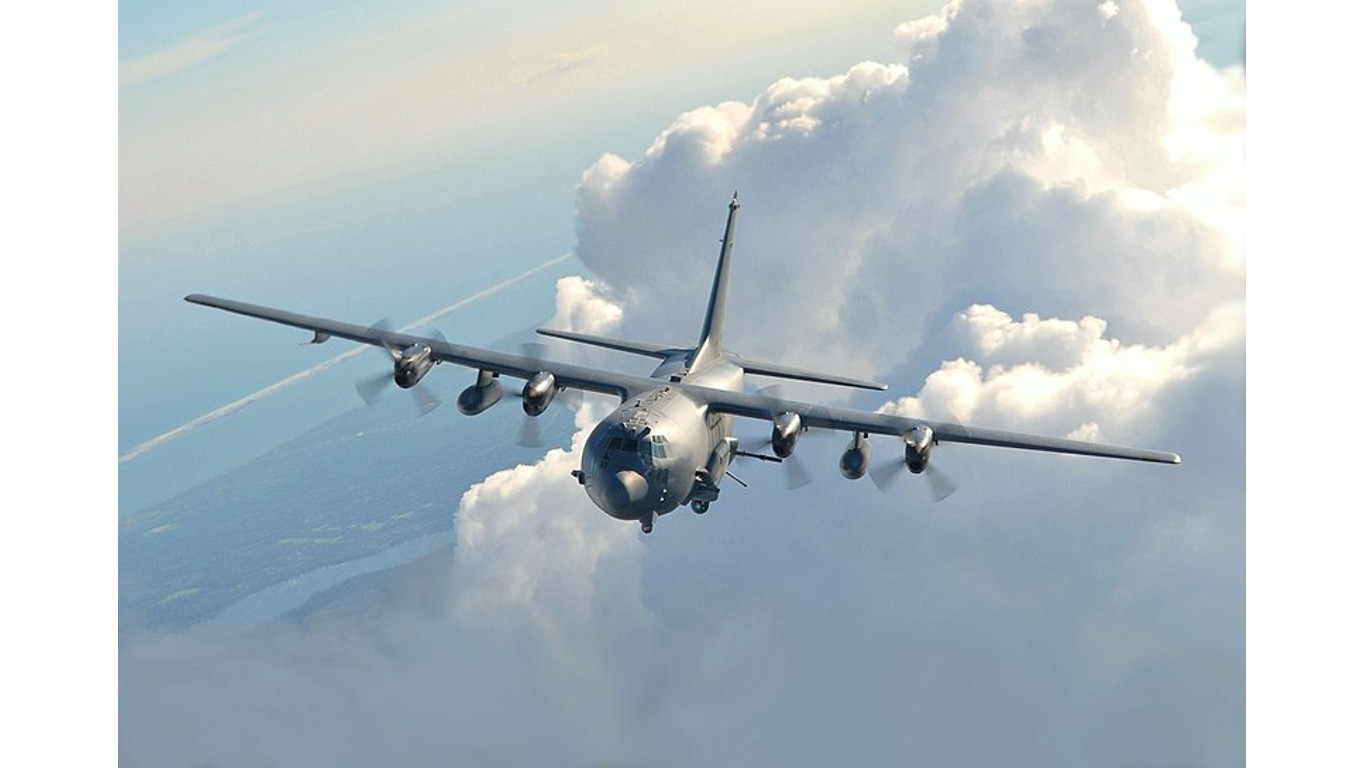
Typically, the AC-130 Stinger II plays a close air support or ground attack role as one of the most heavily armed aircraft in the U.S. Air Force.
Introduced in 2001, the C295 is a tactical transport aircraft with a top speed of 358 mph. There are only 3 currently in active service.
The E-8 Joint STARS is an incredibly important asset for coordinating large-scale military operations as it provides real-time ground surveillance, targeting, and battlefield management.
Nicknamed “The Doomsday Plane”, the E-4 is designed to provide command and control in the event of nuclear conflict or national emergency.

The C-32 is typically used to transport high-ranking government officials, including the Vice President of the United States.
The Leonardo AW139 is typically used in search and rescue missions, medical evacuations, and troop transport. This helicopter is also widely used on the civilian side.
Despite a fairly low top speed, the CN-235 is fairly versatile and capable of operating on short rough airstrips.
The Bombardier Express E-11 is a special missions platform that plays a role in providing battlefield communications between air and ground forces.
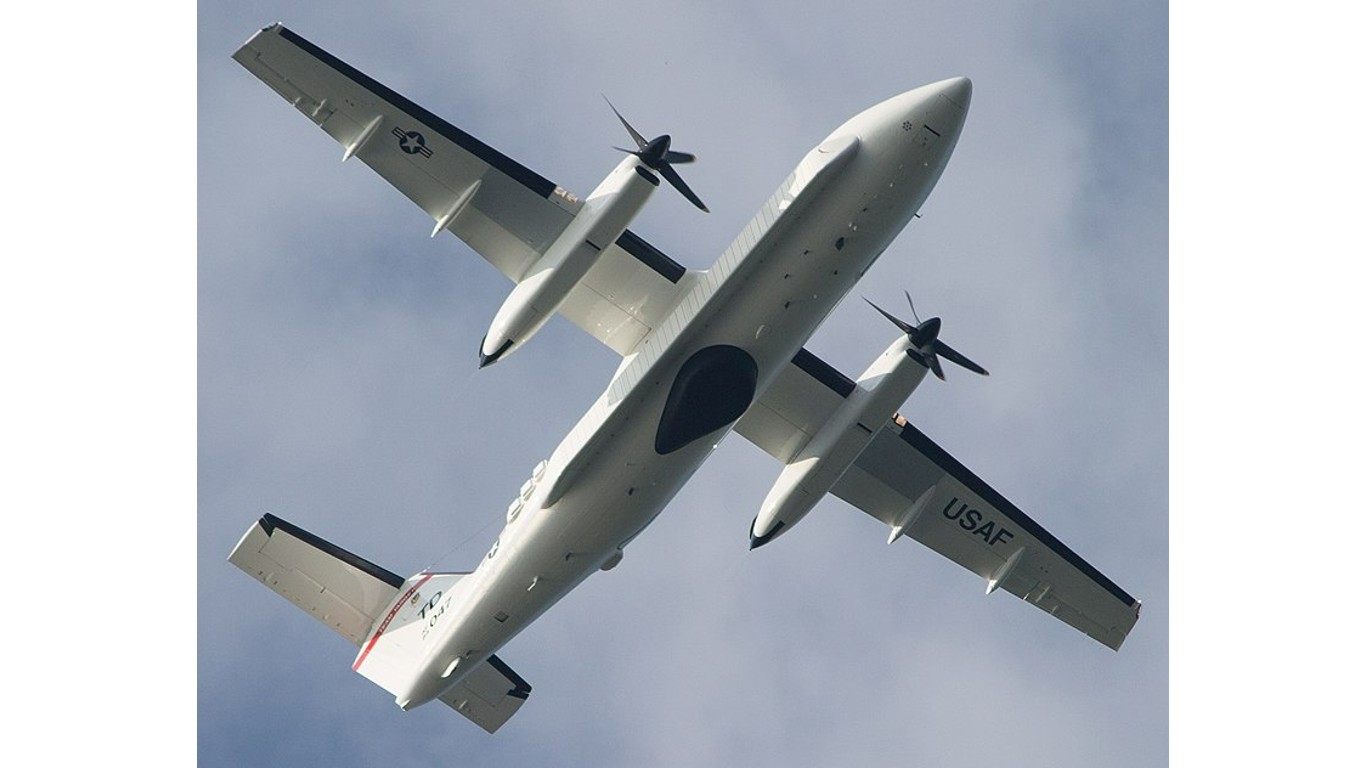
The Dash 8 has gained in popularity over the years among civilians and military forces for transporting personnel and cargo.

The EC-130 Commando Solo III specializes in psyops, or psychological operations, such as broadcasting radio and television signals to influence enemy forces or even support humanitarian missions.
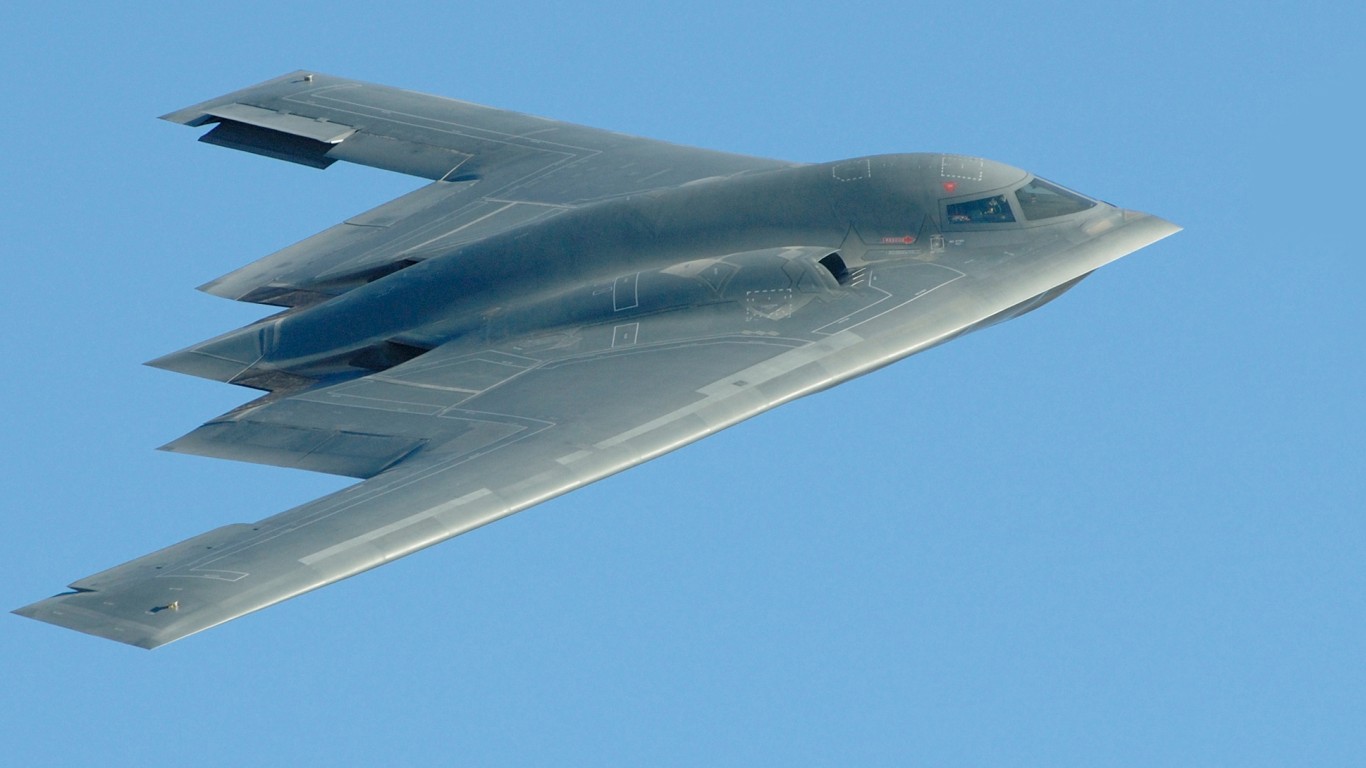
In the coming decade or so, the B-2 Spirit is expected to be augmented by the incoming B-21 Raider.
Although it was originally designed for civilian use, the Learjet 35 has been adopted for military roles. Typically, it performs medical evacuations and VIP transport.

Introduced in the early 1980s, the KC-10 Extender is a tanker and cargo aircraft with a top speed of 600 mph. It is capable of refueling multiple aircraft in a single mission.
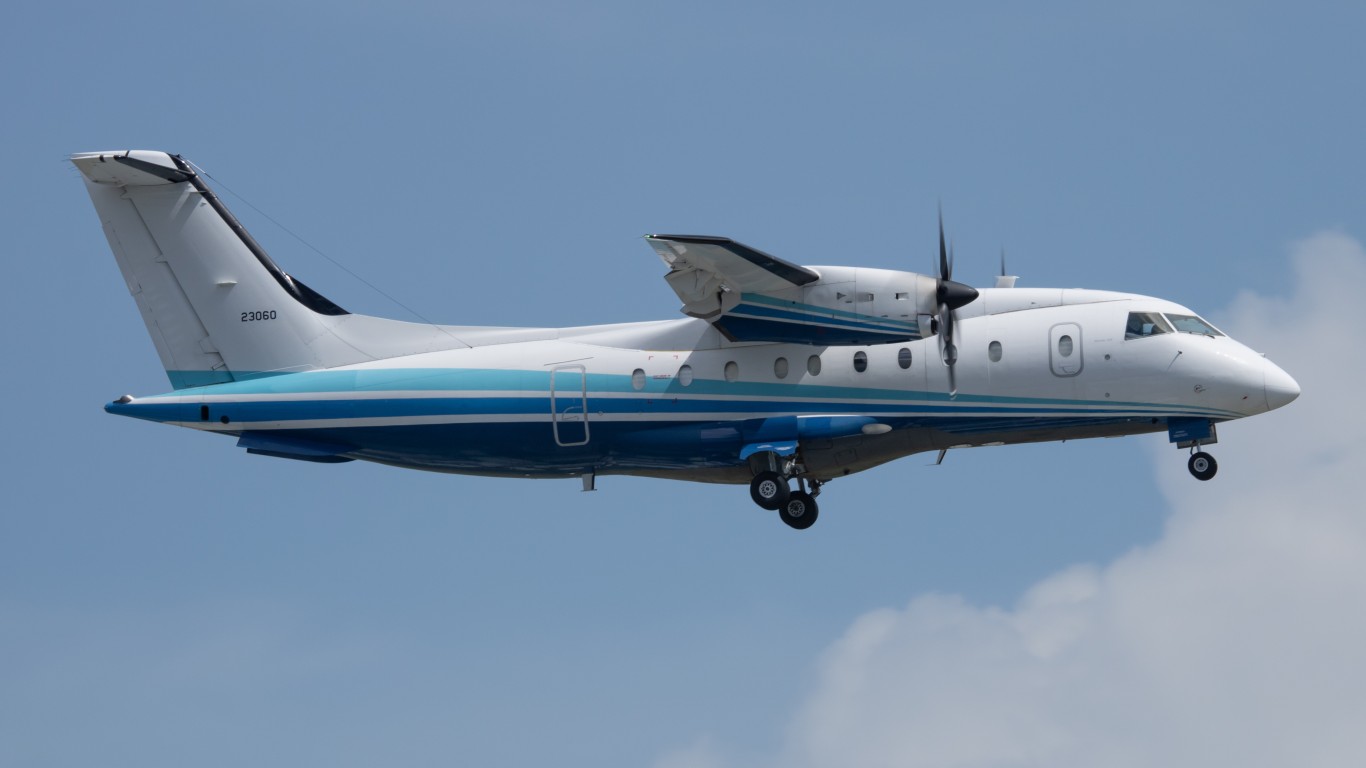
Although the Wolfhound has a low top speed, it is regularly used by U.S. Special Operations Command for transporting small teams and cargo.
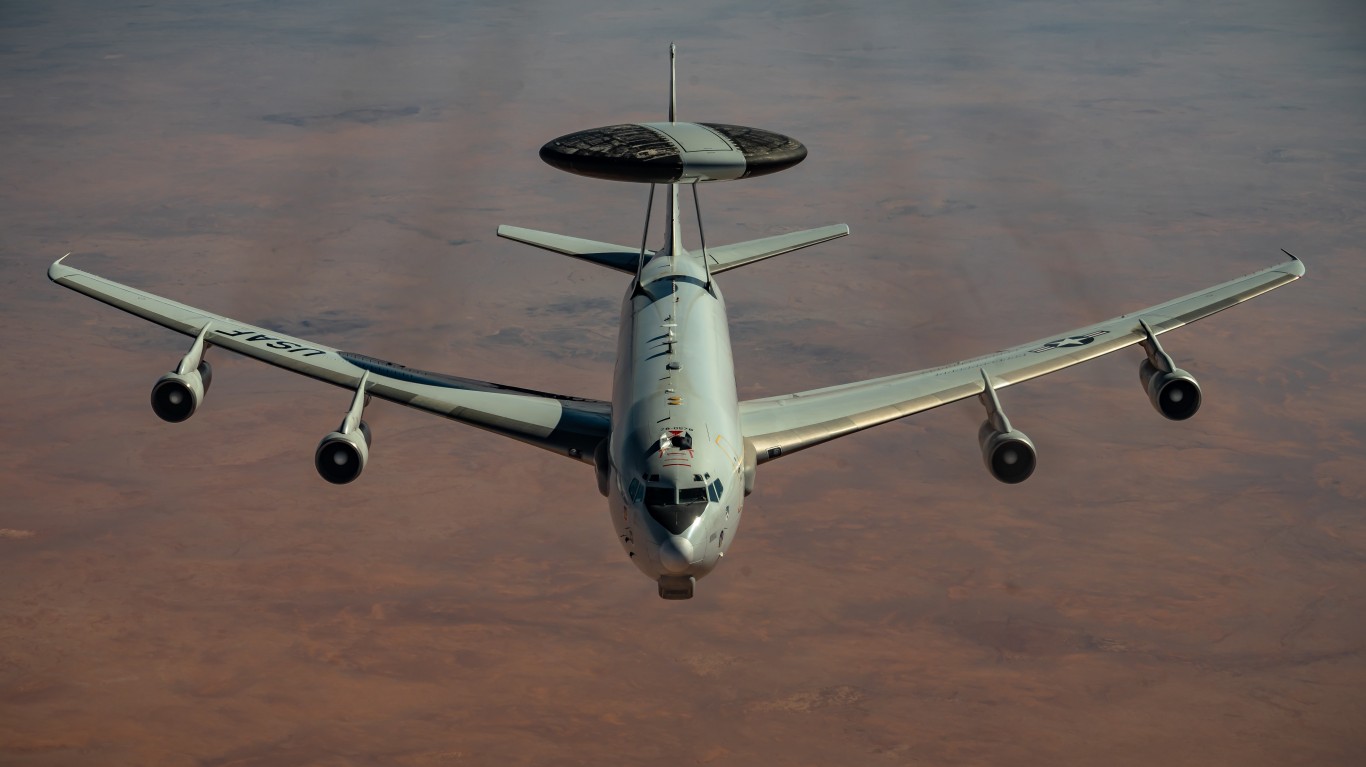
Known as “the eyes in the sky”, the E-3 provides real-time data to coordinate air operations via its distinctive rotating radar dome.
Introduced in 1962, the Boeing RC-135 is a multi-mission reconnaissance aircraft with a top speed of 581 mph. It has played a huge role in intelligence gathering for decades, especially during the Cold War.
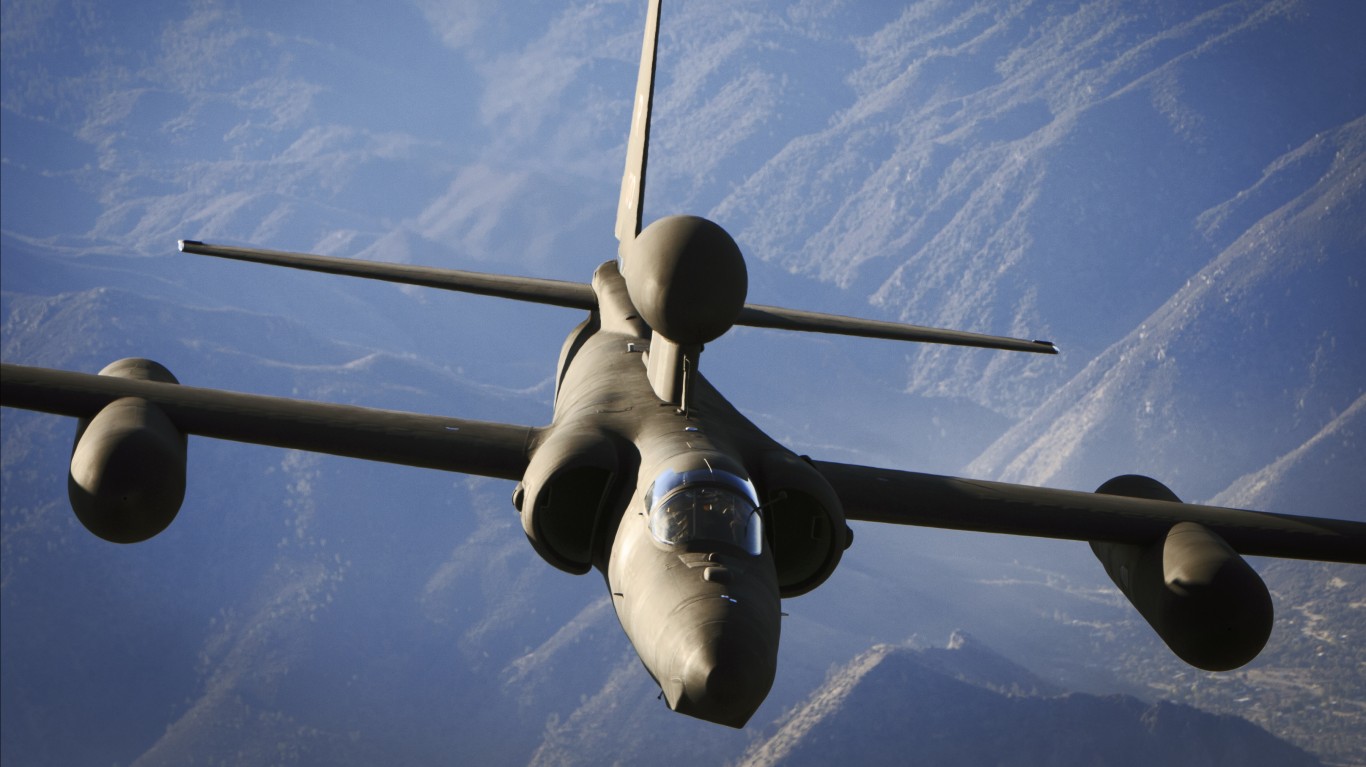
Introduced in 1955, the U-2 Dragon Lady is a high-altitude surveillance aircraft capable of reaching speeds of 475 mph. These aircraft can fly at extreme altitudes and are typically used for intelligence gathering, especially during the Cold War.
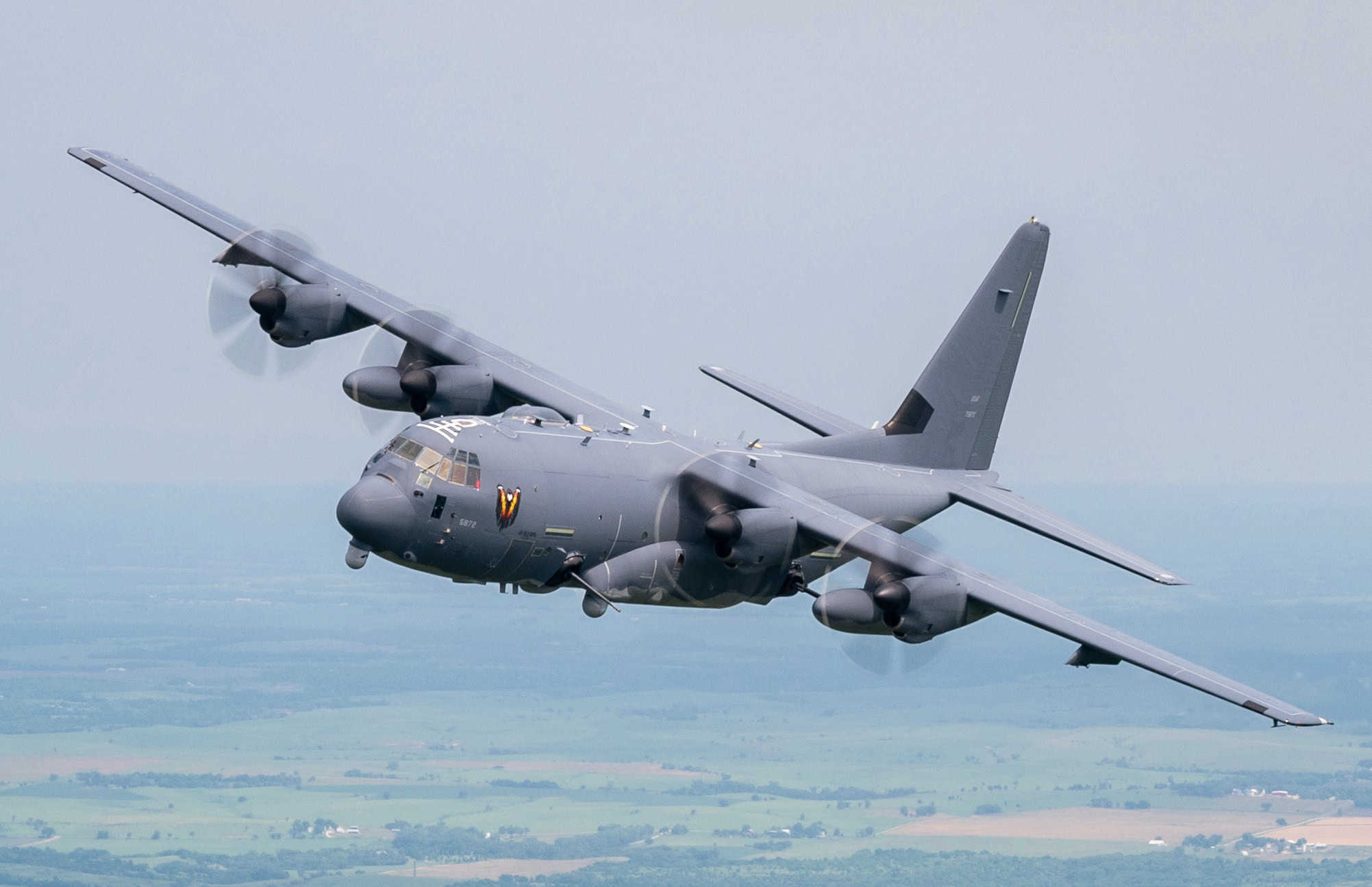
Considered one of the most heavily armed gunships in the U.S. Air Force, the AC-130 Ghostrider is designed to provide overwhelming firepower during ground operations. What sets this aircraft apart from others is that it is capable of equipping a high-power field howitzer to its hull.
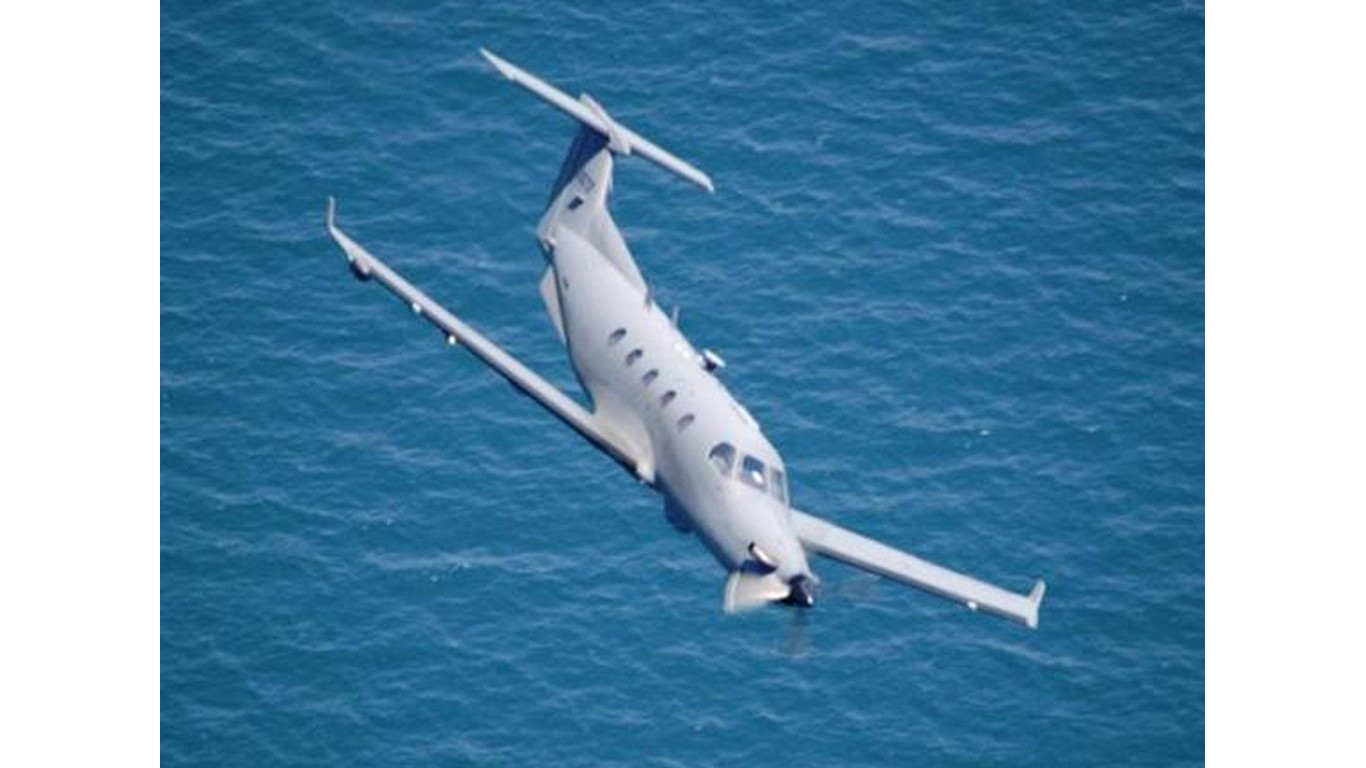
U.S. special operations units widely use the U-28A Draco for intelligence, surveillance, and reconnaissance missions.
Introduced in 1959, the Combat King is one of the oldest aircraft in the fleet. It was specially designed for search and rescue operations. Also, these aircraft are capable of refueling helicopters during long-range rescue missions.
The B-1B Lancer ranks as one of the fastest bomber aircraft in the U.S. Air Force with a top speed of 833 mph.
As its name suggests, the C-5M Super Galaxy is the largest aircraft in the U.S. Air Force. It is capable of transporting oversized cargo like tanks, helicopters, and even other aircraft.
The unique design of the Osprey allows it to change from a helicopter to a turboprop plane. This versatility makes it ideal for special operations missions. Also, the Marine Corps relies heavily on this aircraft for its quick and effective transport capabilities.

The Commando II is specifically designed for infiltration, exfiltration, and resupply missions in hostile territory. These typically support U.S. Special Operations Command missions.
Typically, the C-12 Huron is used for transporting personnel, cargo, and medical evacuation missions.
The Twin-Huey is one of the longest serving helicopters in the U.S. Air Force and has been used in everything from medical evacuations to troop transport.
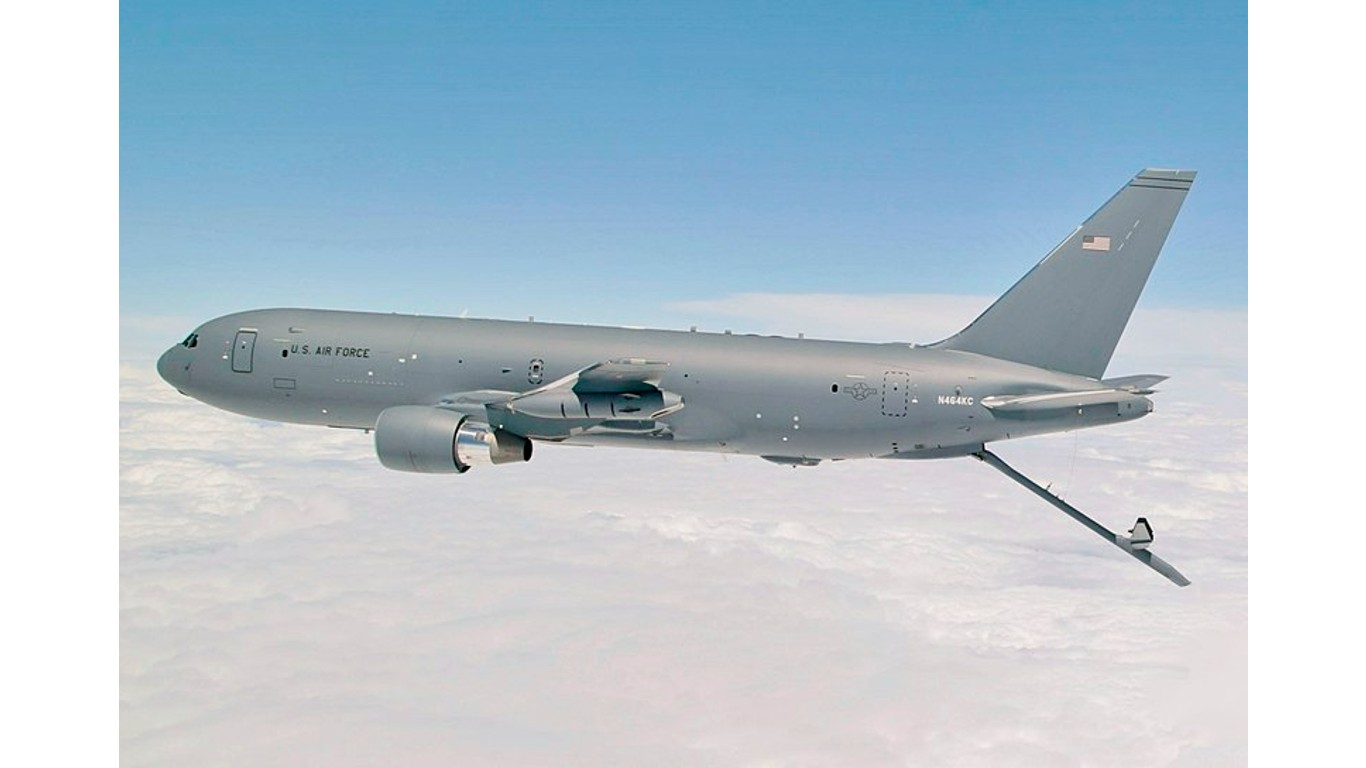
The KC-46 Pegasus is one of the newest aircraft to enter the U.S. Air Force. It represents the latest in air refueling technology and is capable of refueling a number of aircraft while also performing cargo and medical evacuation missions.

Introduced in 1955, the B-52H Stratofortress is a long-range strategic heavy bomber. Despite its age, the B-52 is expected to remain in service for some time, making it one of the longest-serving aircraft in the U.S. Air Force.

The Black Hawk is by far the most widely used helicopter by U.S. military forces, regardless of branch. It plays a variety of operational roles from combat to medical evacuations.
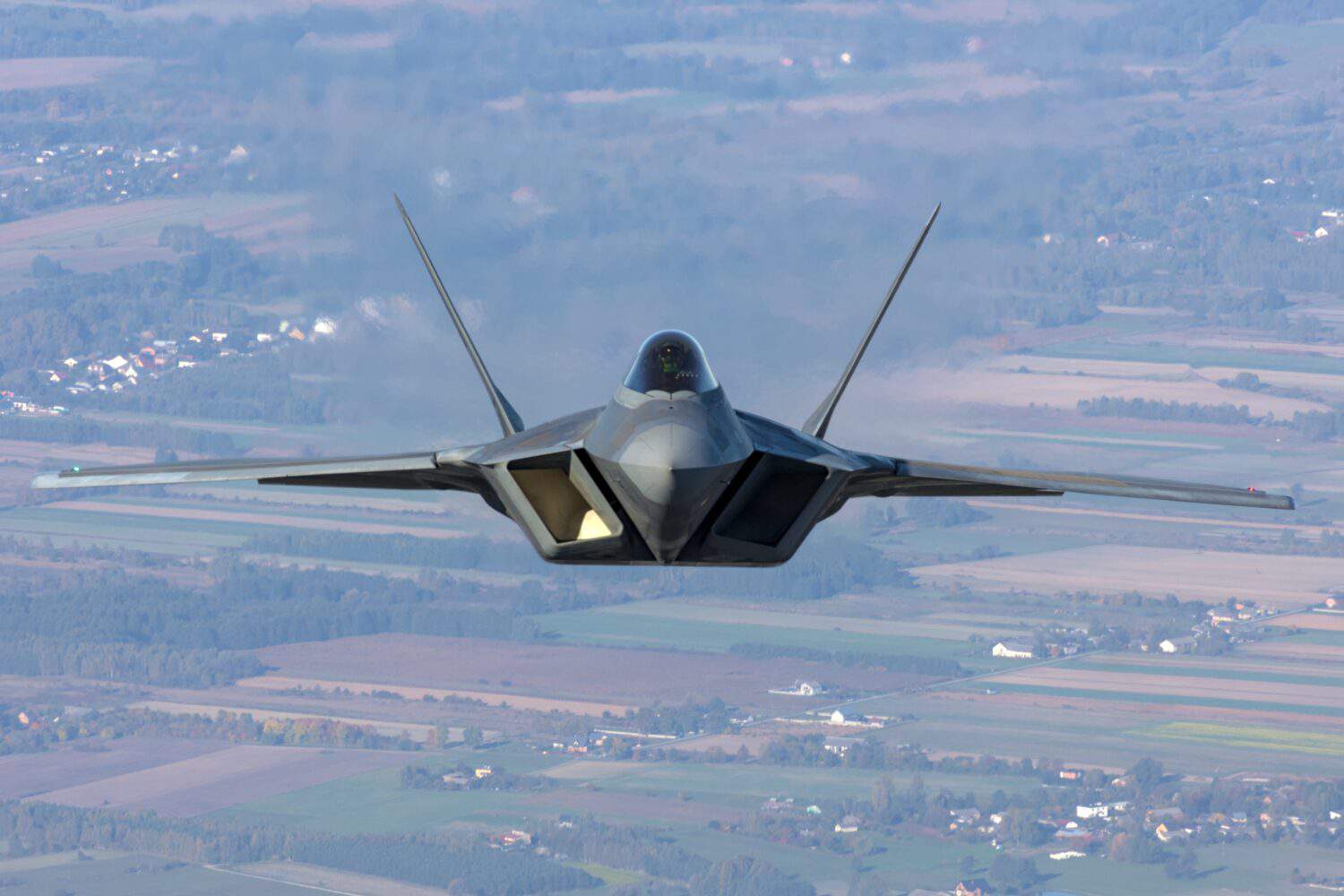
On the world stage, the F-22 Raptor is considered one of the most lethal fighter jets. Introduced in 2005, the Raptor ranks as one of the fastest fifth-generation aircraft.
Normally, the C-17 Globemaster III plays important roles in rapid strategic deployment and humanitarian missions around the world.
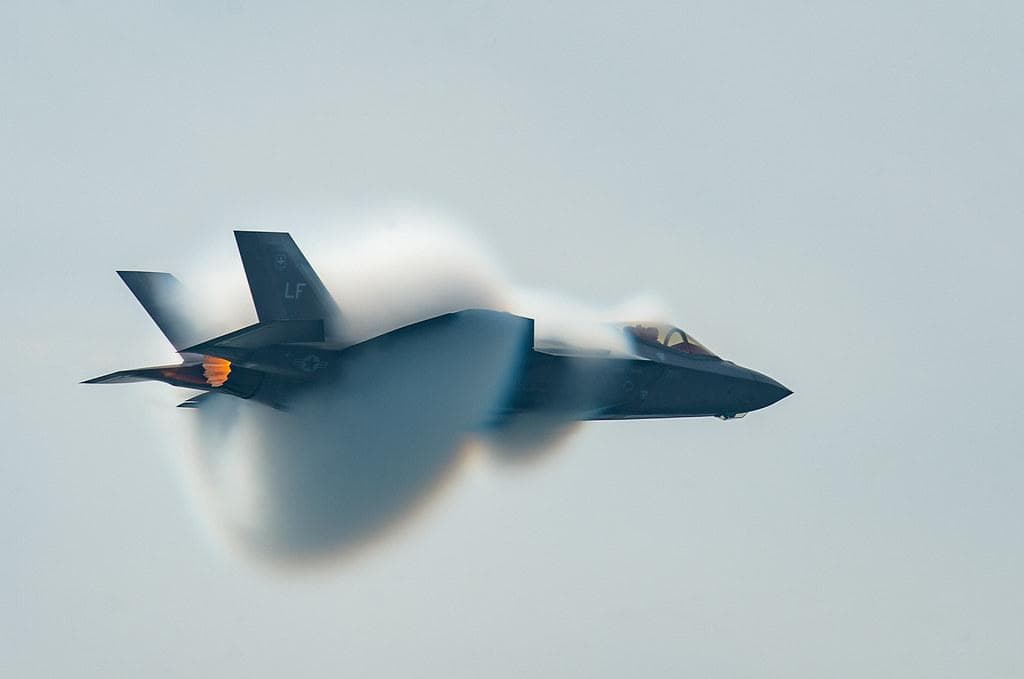
The F-35 Lightning II is one of the newest additions to the U.S. Air Force. As a fifth-generation strike fighter aircraft, the Lightning II can play a number of roles incorporating the newest stealth technology.
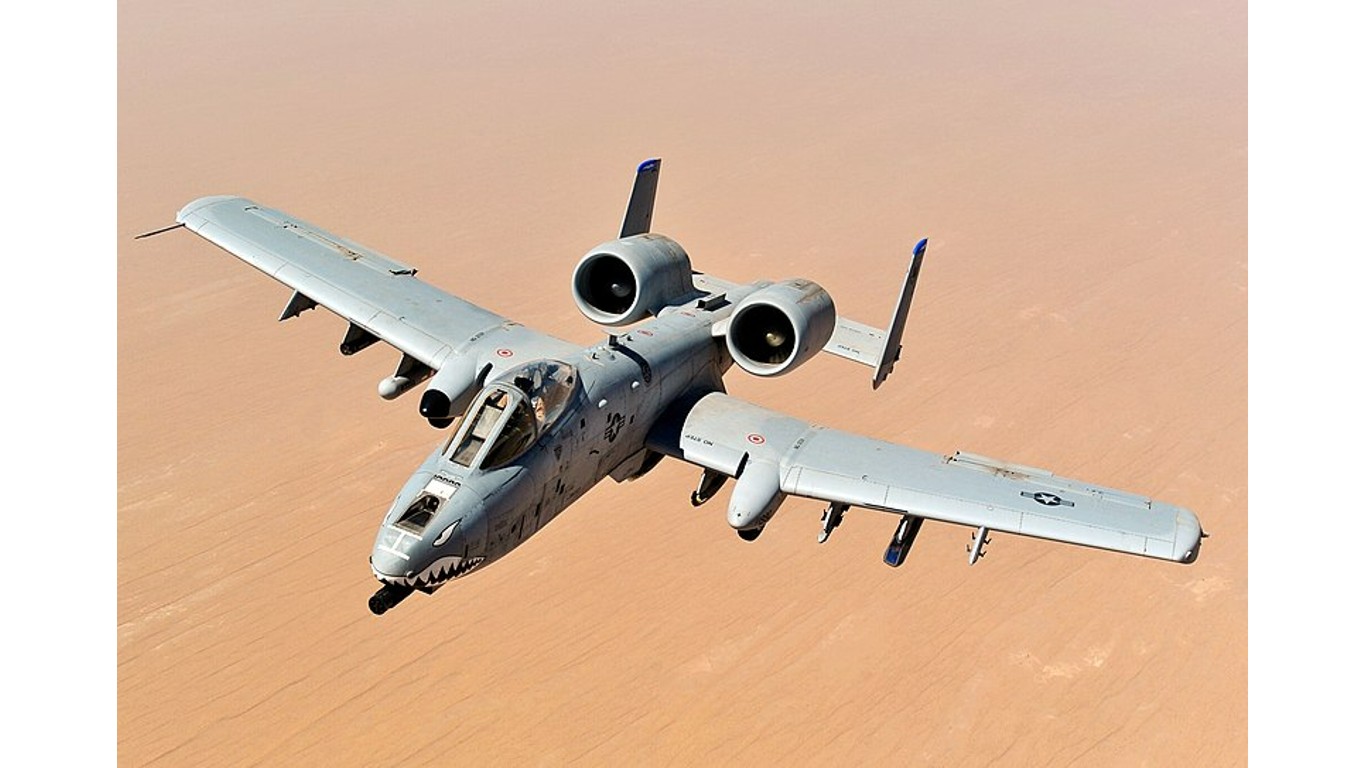
Known affectionately as the “Warthog”, the A-10C Thunderbolt II is one of the longest serving combat aircraft in the U.S. Air Force.
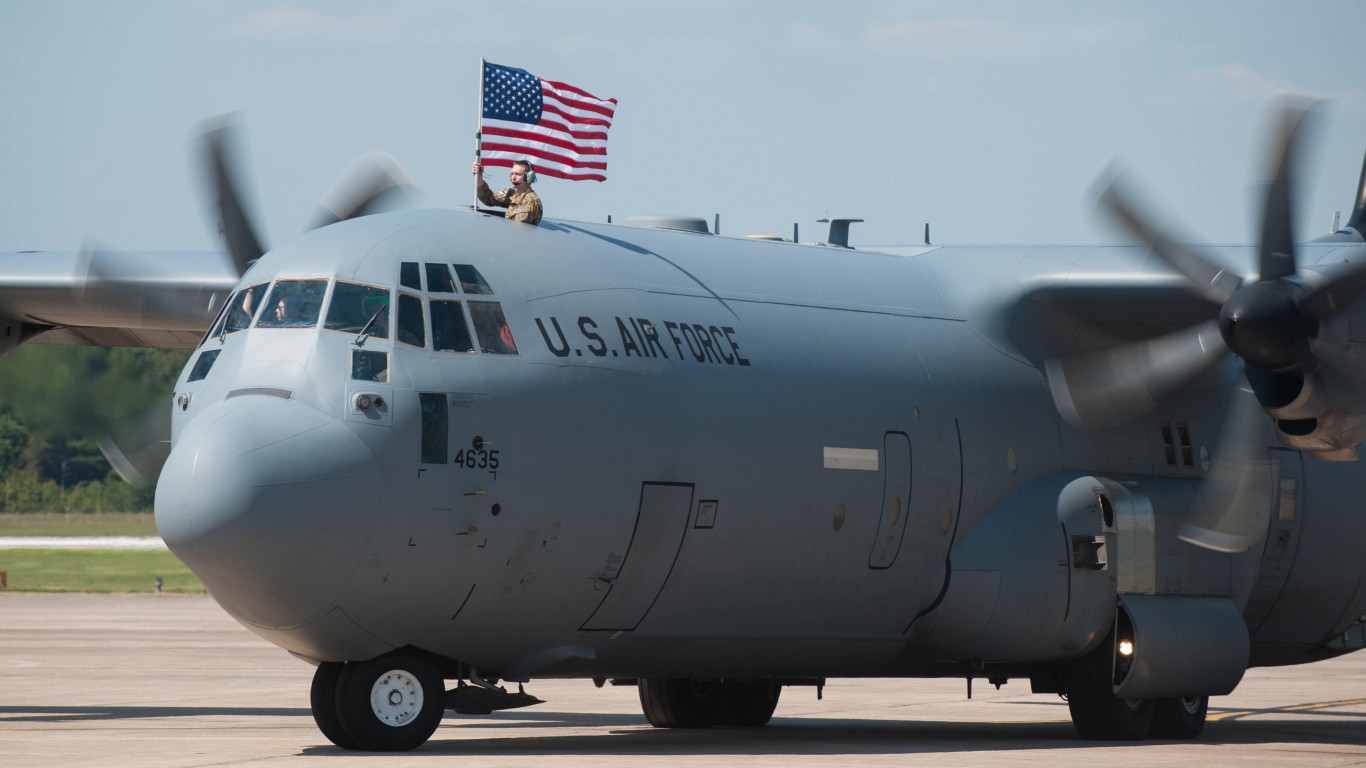
The C-130J Super Hercules is known as the workhorse of the U.S. military with over 300 currently in service of the U.S. Air Force alone. These massive aircraft act as the logistical backbone of the fleet.
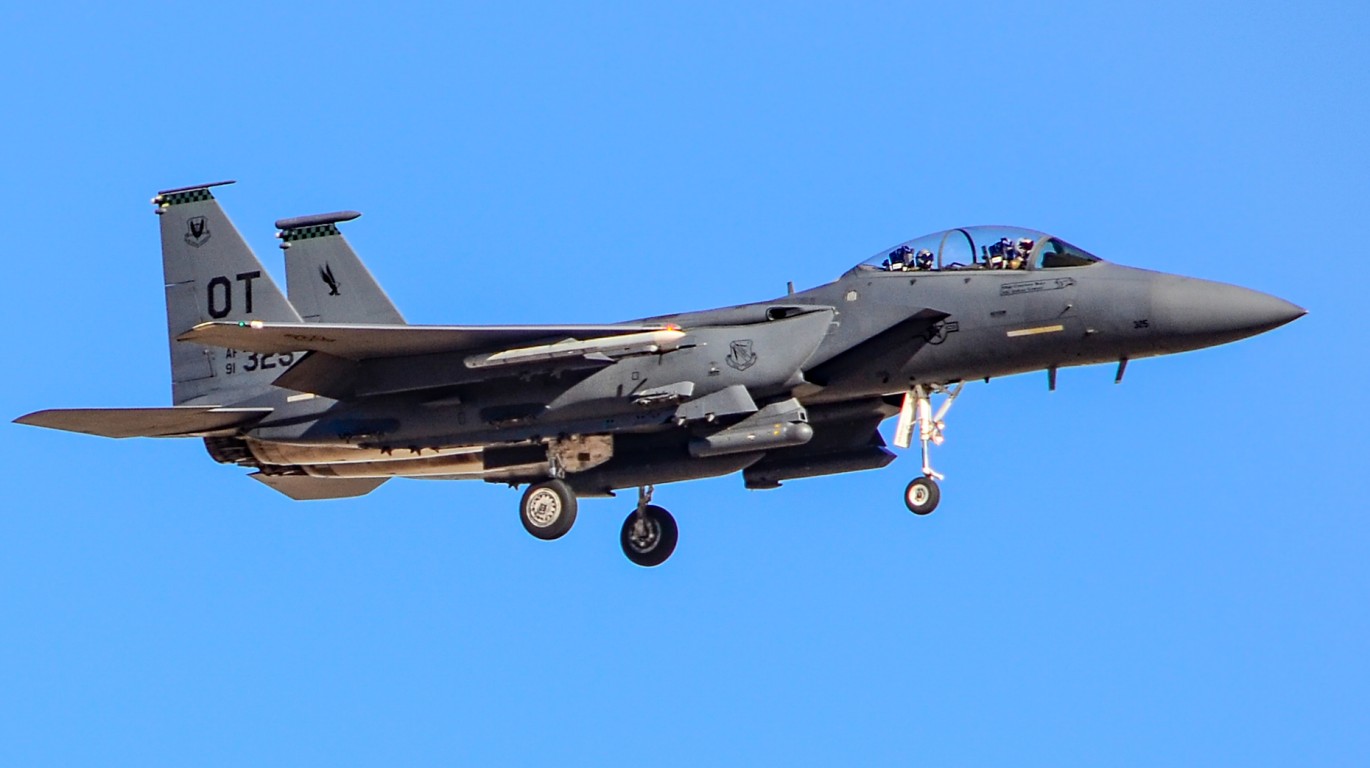
The F-15 has an impeccable record in air-to-air combat as not one of these jets has been shot down. It is considered one of the most dominant fighter jets in the history of aviation.
Currently, there are over 370 KC-135 Stratotankers in service of the U.S. Air Force. These provide in-flight refueling support. This aircraft in particular has been in service longer than practically any other aircraft in service now.
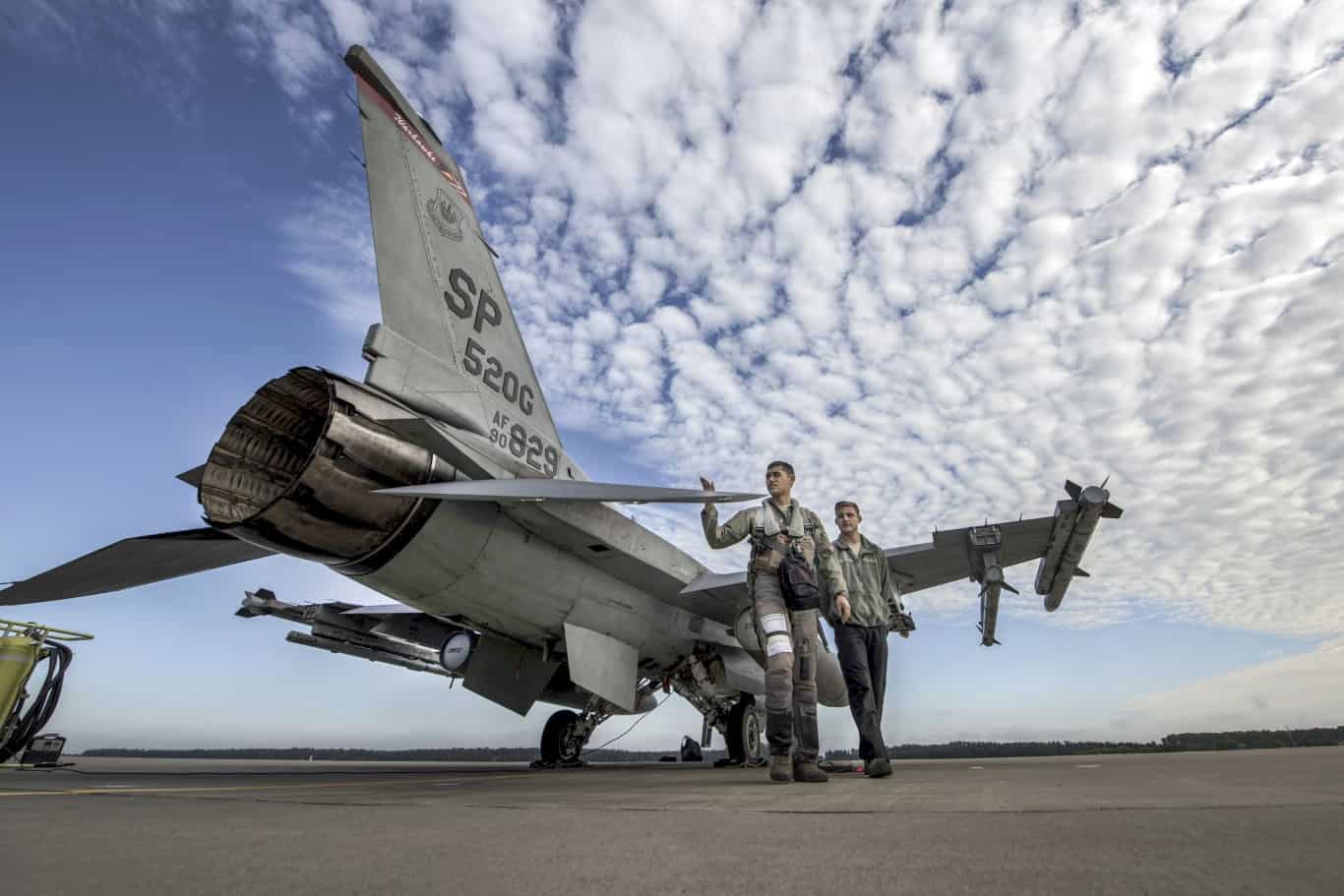
The F-16 Fighting Falcon is one of the most widely used fighter jets in the world, not just the U.S. Air Force. Originally it was developed for the U.S. Air Force in the 1970s by General Dynamics, but it has been adopted by over 25 nations, including NATO allies and countries across the Middle East and Asia.
Retirement can be daunting, but it doesn’t need to be.
Imagine having an expert in your corner to help you with your financial goals. Someone to help you determine if you’re ahead, behind, or right on track. With SmartAsset, that’s not just a dream—it’s reality. This free tool connects you with pre-screened financial advisors who work in your best interests. It’s quick, it’s easy, so take the leap today and start planning smarter!
Don’t waste another minute; get started right here and help your retirement dreams become a retirement reality.
Thank you for reading! Have some feedback for us?
Contact the 24/7 Wall St. editorial team.